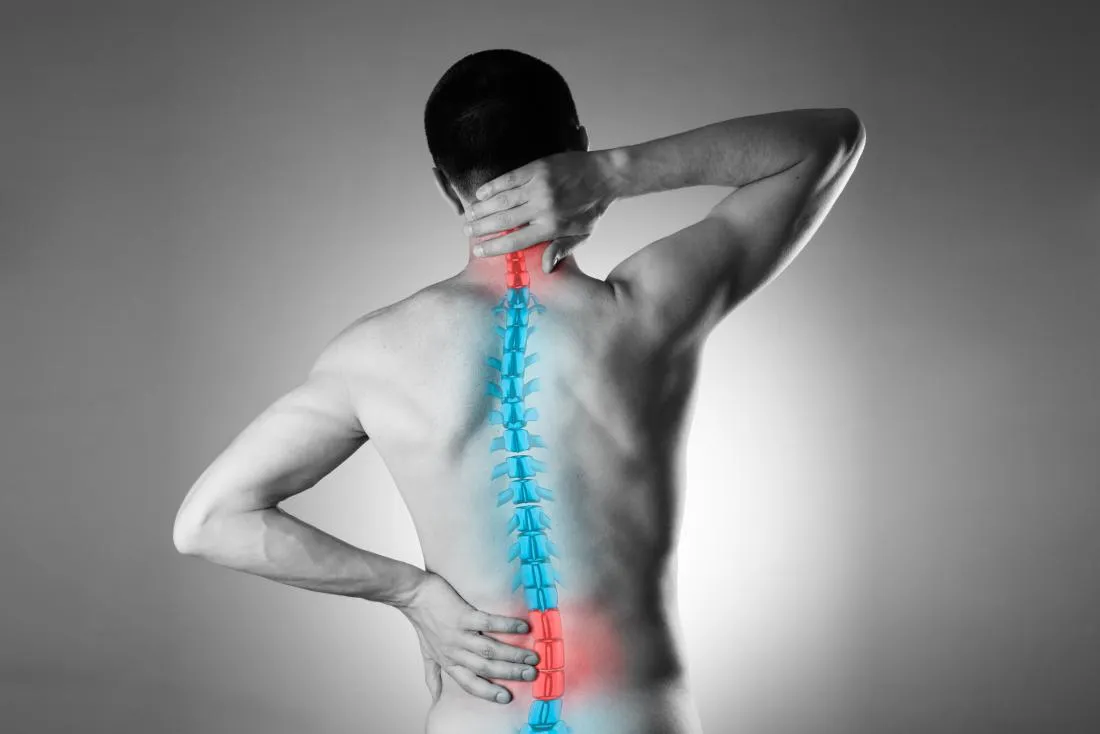Aaron Jackson
Chronic Pain? Don't Forget the Mind: Why Therapy is Essential with Spinal Cord Stimulation
Finding Relief and Reclaiming Your Life: Therapy and Spinal Cord Stimulation for Chronic Pain Management
Chronic pain can be a debilitating condition, robbing individuals of their joy and limiting their ability to participate in everyday activities. Fortunately, advancements in medical technology and therapeutic approaches offer a beacon of hope. Spinal cord stimulation (SCS) has emerged as a powerful tool for managing chronic pain, but its effectiveness can be significantly enhanced when combined with therapy. This article explores the world of chronic pain management, delving into the individual benefits of SCS and therapy, and ultimately showcasing the transformative power of their combined application.
Understanding Chronic Pain: The Enemy We Face
Chronic pain is defined as pain that persists for longer than three months, often exceeding the expected healing time from an injury or illness. It can arise from various conditions, including:
- Back and neck pain: Herniated discs, spinal stenosis, and arthritis are common culprits.
- Neuropathic pain: Caused by damage to the nerves themselves, leading to sensations like burning, tingling, or numbness. This can be a result of shingles, diabetes, or nerve compression.
- Complex regional pain syndrome (CRPS): A debilitating condition characterized by chronic pain, swelling, and changes in skin texture and temperature, often following a minor injury.

Chronic pain can significantly impact a person's life, causing:
- Physical limitations: Difficulty performing daily tasks, reduced mobility, and sleep disturbances.
- Emotional distress: Anxiety, depression, and feelings of isolation.
- Reduced social interaction: Withdrawal from activities and strained relationships.
- Economic burden: Increased healthcare costs and lost productivity.
Spinal Cord Stimulation (SCS): A Technological Ally
SCS is a minimally invasive surgical procedure that utilizes a device to deliver mild electrical pulses to the spinal cord. These pulses disrupt pain signals, preventing them from reaching the brain and reducing the perception of pain. The SCS system typically consists of three components:
- Leads: Thin wires with electrodes placed near the spinal cord to deliver the electrical stimulation.
- Implantable pulse generator (IPG): A small device similar to a pacemaker, implanted under the skin in the abdomen or buttocks. It generates electrical pulses.
- External programmer: A handheld device used by a doctor to control the settings of the IPG and personalize the stimulation for optimal pain relief.
SCS is most commonly used for neuropathic pain in the legs, arms, or trunk, but it can also be effective for chronic back and neck pain in some cases.
Here are some key advantages of SCS:
- Targeted pain relief: The stimulation can be precisely directed to the area of pain.
- Minimally invasive procedure: Offers an alternative to major surgery.
- Reversible: The device can be removed if necessary.
- Adjustable settings: The stimulation can be customized to individual needs.
- Reduced reliance on pain medication: SCS can help individuals decrease their dependence on pain medications and their associated side effects.

Therapy: Addressing the Mind-Body Connection
Therapy plays a crucial role in chronic pain management by addressing the psychological and emotional aspects of pain. It encompasses a range of techniques, including:
- Cognitive-behavioral therapy (CBT): Helps individuals identify and change negative thought patterns that can worsen pain perception.
- Acceptance and commitment therapy (ACT): Teaches acceptance of pain while focusing on living a meaningful life despite its presence.
- Relaxation techniques: Techniques like mindfulness meditation and deep breathing can promote relaxation and reduce stress, which can exacerbate pain.
- Physical therapy: Strengthens muscles and improves flexibility, reducing pain and improving function.
- Biofeedback: Helps individuals learn to control their body's response to pain through biofeedback techniques like temperature and muscle tension monitoring.
Benefits of therapy for chronic pain include:
- Improved pain management skills: Provides tools and strategies to cope more effectively with pain.
- Reduced anxiety and depression: Addresses the emotional toll of chronic pain.
- Enhanced sleep quality: Promotes relaxation and improves sleep patterns, which can significantly impact pain perception.
- Increased self-efficacy: Empowers individuals to take control of their pain management.
- Improved quality of life: Enables individuals to participate more fully in life activities.
Why Combine Therapy and SCS? A Synergistic Approach
While both SCS and therapy offer significant benefits on their own, their combined application creates a powerful synergy for chronic pain management. Here's why:
- Enhanced Pain Relief: Therapy can help individuals understand and manage the emotional and psychological factors that contribute to pain perception, further optimizing the effectiveness of SCS.
- Improved Adjustment: Therapy can provide support as individuals adjust to the SCS device and learn to optimize its use

 Telehealth Visits Available
Telehealth Visits Available
